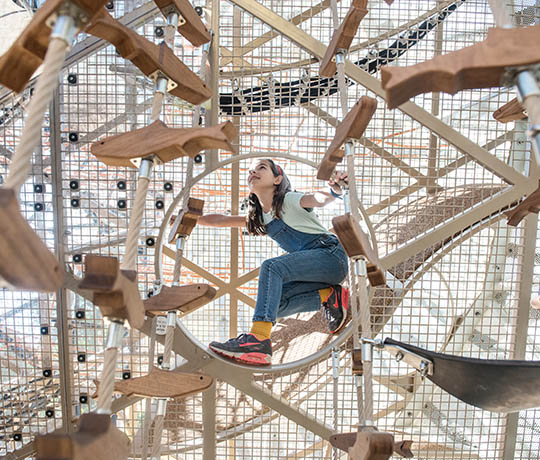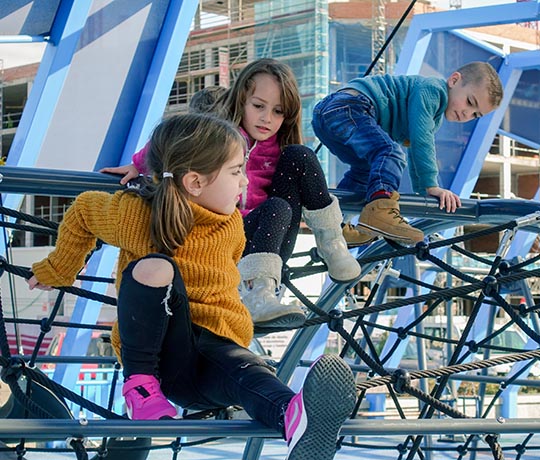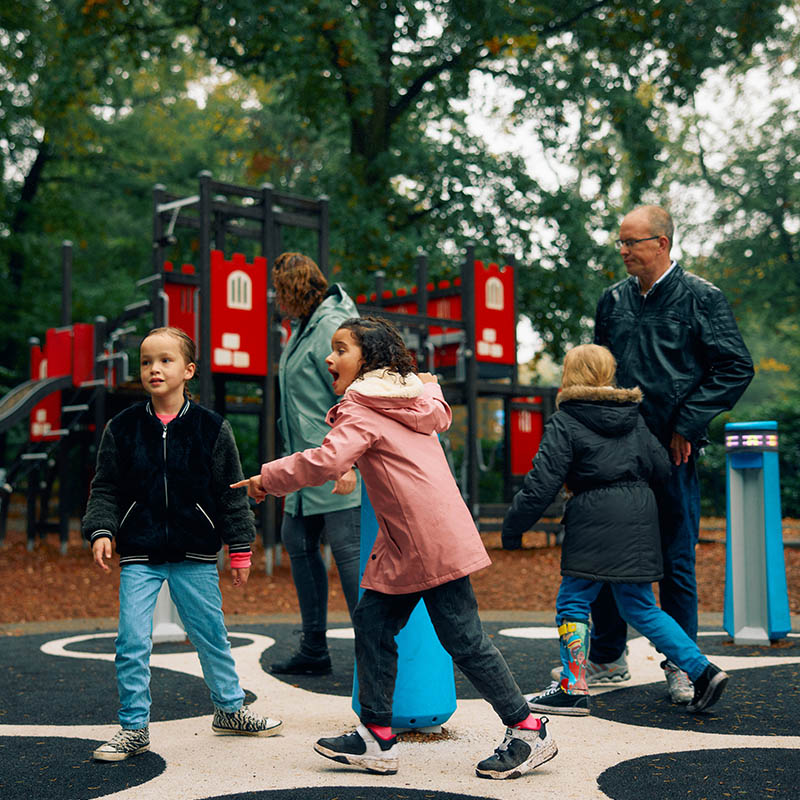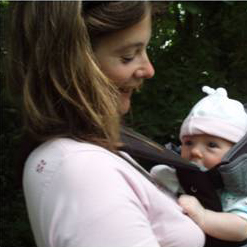What will play areas of the future look like?
When I was a child I would run to the play area, desperate to fly down the slide backward and head first or jump off the swing at the full extent of its arc to see if I could still land standing up. The seesaw was another favourite, my brother and I would bounce up on the seat so hard that the other rocketed into the air, we would see how high we could make each other go, and stopped when our bottoms hurt from hitting the seat so much. But how long ago was this, how much have play areas changed and what is in store for the future?
Safety and play in the future
I’m 38 now with my own children, two girls. Since I was a child, the biggest change I have seen is safety. Play areas now have to conform to a wide range of regulations that primarily aim to make them safer for our children. In some cases though, it could be argued that the focus on safety limits the risk so much that it defeats its play value. Do we need to ask ourselves whether this is always the best policy? As a child, I relished risk and I learned from it. At what point does removing all of the risks prevent our children from learning important lessons about managing their own risk levels themselves?
Outside of the play areas, we might appear to be open to more risk than ever, through exciting ‘adrenaline’ activities such as bungee jumping. Yet its a controlled risk. For us it is out of our comfort zone, it triggers adrenaline. But crucially, the safety and risk management are taken care of not by ourselves but by trained experts. Is this good practice? Or is risk management something that needs to be learned, not avoided completely, and taken out of our control? I love to ride my mountain bike. It is what I enjoy and I’m in control of it. Some days I will go for that jump and other days I won’t, but I learn from the falls, sometimes more than others!
How can we bring elements of the risk back to be learned from, yet keep our children safe? We can’t always stop them from hurting themselves, but I believe the risk is a key life skill to understand and something that is slowly making a reappearance in play areas.
How will technology affect our play areas?
I think that we are on the brink of major changes in play area design. Technology is changing our lives dramatically and play areas are just starting to take advantage of the new possibilities.
Driverless cars could have a huge impact on play provision. Many are predicting huge changes to our neighborhoods. Perhaps we won’t all have our own cars in the future? We might call them like we do a taxi, making way for streets that are no longer filled with parked cars but open spaces and opportunities for play. How amazing would it be to reduce the number of cars on urban streets and bring back areas to walk and cycle safely?
I would love to see playful streets where there isn’t a single specific ‘play area’ but bits of play are scattered all over that surprise you. It could be playful lighting that interacts with you as you move your feet, or paving slabs that sound different notes?
You might need to get several people together to produce a particular tune that might be sent via an app on your phone, encouraging people to play together and collaborate with one another. Or maybe it’s just a set of swings that are for everyone, adults and children alike to just sit and relax. Because let’s face it we should all use play to relax in our busy worlds.
Unlocking the possibilities of play scape with technology
There’s no doubt the mobile phone or portable handheld device has created monumental changes to the way we live. Data and communication offer huge benefits, from being able to connect constantly, to accessing data at your fingertips 24 hours a day. I see some amazing possibilities with this technology and the playscape. What if children could interact with the play space like the board to a board game?
Recently a boy’s father uploaded a video of his child in a play area having adapted the background to make him look like he was actually on a boat on the rough seas. Or traversing monkey bars across shark-infested waters.
Imagine if it was possible for the children to see, while they were actually playing. A completely immersive experience that could be changed and updated so it wouldn’t always be the same experience, something new to bring them back again and again.

Bespoke Whale Barcelona Spain

Bespoke playground in Madrid Spain
Why are we so afraid to let our children go to the park alone?
I look back at my own childhood and remember being allowed to go to the play area with my brother on our own, a thought I find terrifying now as a parent. Yet what has changed between my childhood and my children’s? That time without our parents watching us was when we had some of the best adventures and learned to look after each other.
Yet now we as parents are too afraid to let our children have the same pleasures, partly from the worry of what might happen but also from the fear of society’s view, that we are neglecting our children by letting them go on their own.
How can we bring this back and still feel we are keeping our children safe? There is already the technology on our phones to monitor a person’s location. Is CCTV the answer? We would be able to keep an eye on them from afar, but does that bring its own worries of who else could be watching them too?
Making play areas exciting for everyone
What if that equipment was as much fun for adults and carers as it was for the child? Disney has shown how powerful this can be by making films as fun for adults as children. To make truly amazing play areas I think they need to be fun for all. ‘All’ means everyone, whatever age. We are all young at heart and love to play, I like the excuse of going to the play area because I have children, but wouldn’t it be better to go to the play area because everyone wants to?
In a time when we are so much more aware of our mental and physical well-being, play fulfills the need for exercise and mental relaxation.
The lighting industry is another area that has had huge technological advances yet we still need to adopt it into play. There are so many possibilities from lighting games to beautiful sculptures like these where you use your phone to create lighting patterns. Another area that really excites me has projected imagery onto surfaces to create play environments. Not only can you use fixed imagery but also imagery that changes and interacts with your movement.

Children playing at Memo with their parents
It is an exciting time to be a play designer, the emergence of technology and new materials are happening so fast that new opportunities for designs occur constantly. What I would love to see most though, is designed for all. When it comes to playing as we seem to think of play as something for a child, yet we can all benefit from play in some form or another.
Sources: Archdaily: How Driverless Cars Could, Should - and Shouldn't - Reshape Our Cities YouTube: Piano stairs YouTube: Get in the Boat! YouTube: Monkey Bars Peter Freeman - Light Artist
